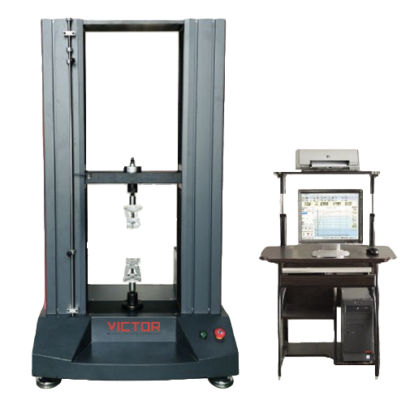International Organization for standardization (ISO) is an independent, non-governmental, international organization that develops standards to ensure the quality, safety, and efficiency of products, services, and systems. The purpose of the ISO 37 Test Standard is to design to make products and services better and to make companies, governments and other organizations more efficient. Some of ISO standards are designed for specific industries, like the food industry, or design to help improve the environment.
ISO 37 Test Standard
Description For ISO 37 Test Standard
ISO 37 is an international test standard describes a method for the determination of the tensile stress-strain properties of vulcanized and thermoplastic rubbers. The standard has two allowable specimen geometries. The standard describes straight dumbbell specimens as well as ring shaped specimens. The properties which can be determined are tensile strength, elongation at break, stress at a given elongation, and yield point. The measurement of stress and strain at yield applies only to some thermoplastic rubbers and certain other compounds.
Specimen For ISO 37 Test Standard
The specification describes testing the stress-strain properties of either dumb-bell or ring specimens in a tensile testing machine until rupture.
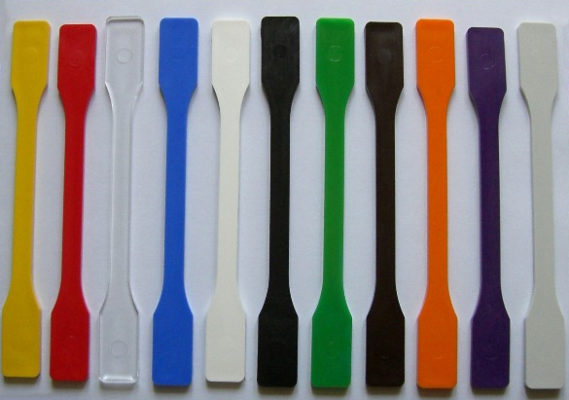
Grips For ISO 37 Test Standard
- Pneumatic grips
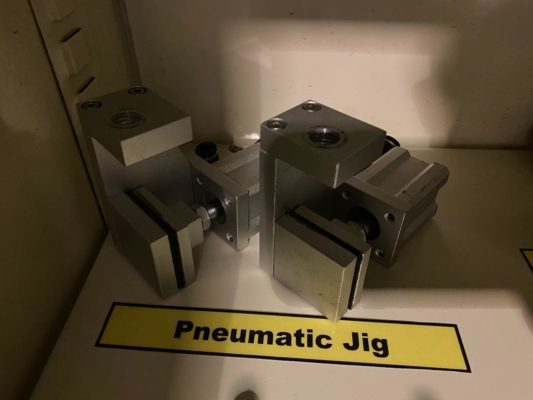
Pneumatic grips are particularly useful when a variety of materials. The gripping force is generate by pneumatic cylinders acting directly on the jaws or via a lever system.
2. Wedge grip
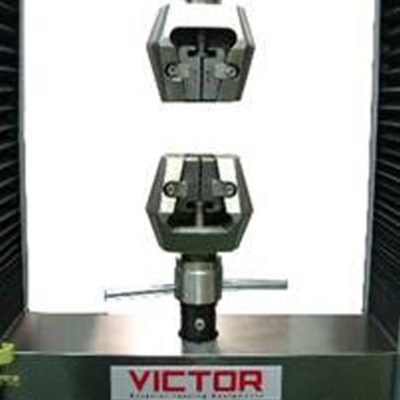
Wedge grips are a popular option to be use for tensile testing on metallic materials. This is because the specimen is pulled more tightly into the narrowest area of the wedge and it will be increasing the gripping pressure.
3. Eccentric Roller Grip
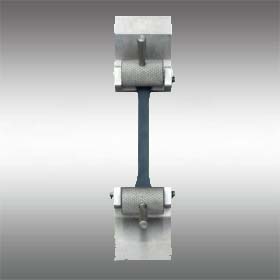
Easy to use and self-tightening applicable for soft and flexible samples, foils, plastics, rubber, etc.
Extensometers For ISO 37 Test Standard
The extensometer is use to measure specimen parameters. When performing a tensile test on plastic materials it requires a high-accuracy device to measure the deformation of plastic materials. In plastic usually contains a linear elastic region and a non-linear plastic region. Modulus needs to be measure within the linear-elastic portion, where very little strain exists. That why the extensometers are important to use for this test. It is also use to determine stress, strain, tensile modulus and Poisson’s ratio. Extensometers with high accuracy typically have limited travel and must be removed after the specimen yields or before the specimen breaks. Below is a type of extensometer that can be use when performing tensile tests on plastic materials.
1. Electronic extensometer
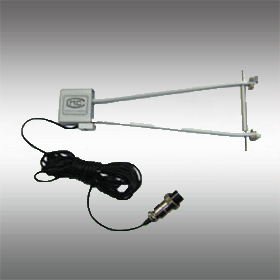
Type of UTM machine
We recommend to use UTM machines with a capacity of 5kN-100kN, it depends on the strength of the materials. We also recommend using a dual-column floor type machine.
1. VEW 2308
The machine is design by mechanical-electrical integration, the composition of the force-measuring Sensor, transmitter, microprocessor, mechanism of load drive, computer and color inkjet printer. The high-precision electronic motor can be set to five-speed, the components are connect by plug-way, Floor-standing models, it is taken account of modern industrial design and ergonomics in modelling and Coating. It can be tested with all the materials in the stretch, compression, bending, shear, embedded relay, Peeling. tearing, crack, etc, such as rubber, plastics, leather, metal, nylon wire, fabric, paper, aerospace, packaging, construction, petrochemical, electrical, vehicle, etc.
The implementation of standards and standard configuration:
GB/T4689.20-1996 Measuring fastness of leather’s adhesion
QB/T2710-2005 Measuring leather’s expansion and the rate of elongation
QB/T2711-2005 measuring tear force of leather
QB/T2712-2005 measuring leather’s strength and stretch of spherical crack test
2. VEW 2302 Series
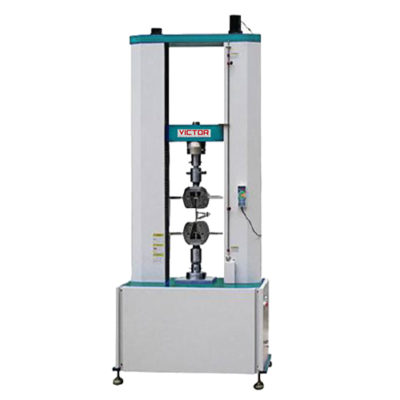
VEW 2302 Computer Servo Type Universal Testing Machine is a new material testing machine that combine with the electronic technology and mechanical transmission, it has accurate load speed, range of force measurement, has high accuracy and sensitivity for the load, displacement measurement and control, it also can be tested the constant-velocity loading, constant- velocity displacement. This machine is simple to operate, especially suitable for controlling quality in production line, this series of machine is mainly applied to test the non-metallic and metallic materials which the load is less than 30ton.
Main Function:
Mainly applied to test the metallic and non-metallic materials in tension, compression, bending, shear, peel, tear or two-points extensions and others.
Can be used for materials such as rubber, plastic, wire and cable, optical fiber and cable, safe belt, leather belt composite materials, plastic profiles, waterproof membrane, steel, copper, profiles, spring steel, bearing steel, stainless steel (as well as other high-hardness steel), castings, plate, strip, non-ferrous metal wire.
Test Procedure
1. Prepare specimens as described in the standard.
2. Load the sample into a pair of tensile grips and attach your extensometer (if available).
3. Begin the test by separating the tensile grips at a rate specified in the standard and run until sample break (rupture).
Measurements
• Tensile Strength
• Elongation at Break
• Stress at a Given Elongation
• Elongation at a Given Stress
• Stress at Yield
• Elongation at Yield
Check Out Our Other Blogs:
-
ASTM D2256 Test Standard
-
ASTM D1414 Test Standard
-
ASTM A938 Test Standard (Torsion Test Of Metallic Wire)

